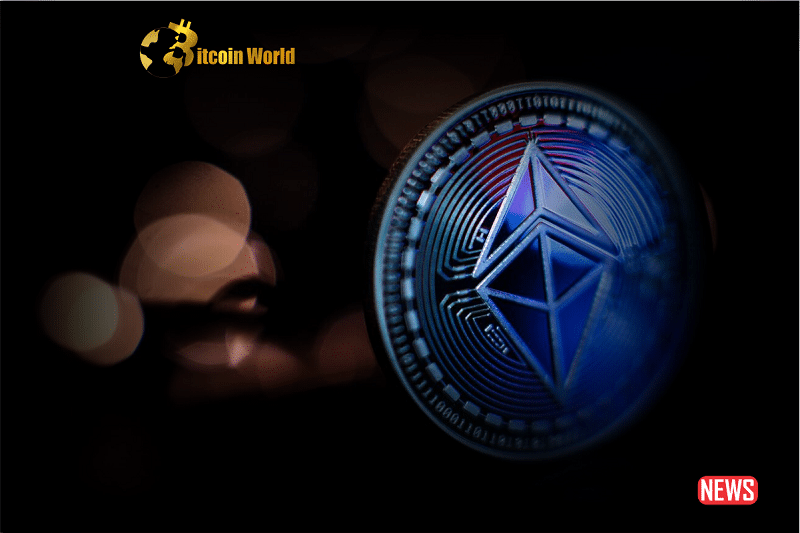Even though Ethereum’s Shapella update just went live three weeks ago, the Ethereum Foundation is already planning the network’s next upgrade, codenamed Dencun.
According to Ethereum Foundation community manager Tim Beiko’s May 3 blog post, Ethereum’s core developers are already in “the final stages of planning” for Dencun.
“We currently have a tentative set of [Ethereum Improvement Proposals] that will be included in the next network upgrade,” Beiko stated.
Dencun’s main upgrade is EIP-4844, known as “Proto-Danksharding” or “The Surge.” Researchers expect that the upgrade will significantly cut the prices of transacting on Ethereum Layer 2 by orders of magnitude. Beiko provided no timetable for when Dencun may be triggered.
The announcement comes as Layer 2 networks have emerged as the most effective Ethereum scaling option. Layer 2s exceeded the Ethereum mainnet in daily transaction volume in February, and L2s now outnumber Ethereum by a factor of two, with 2 million transactions per day. L2 transactions peaked at around 4 million six weeks ago, whereas mainnet activity has been consistent at about 1 million per day for the previous six months.
According to L2Beat, L2s have a combined total value locked (TVL) of $9.3B, which is one-fifth of the total DeFi TVL, according to DeFi Llama.
EIP-4844 will replace the blockspace-intensive “calldata” that is now kept on-chain alongside transactions with “blobs,” with researchers predicting that the upgrade would increase Layer 2 throughput by orders of magnitude. Blobs, unlike calldata, do not compete for gas with Ethereum transactions, drastically lowering the blockspace required to complete transactions on L2.
Carl Beekhuizen of the Ethereum Foundation said recently that the expense of keeping data on-chain is the key hurdle limiting the scalability of Layer 2 networks. “The idea behind Danksharding and EIP-4844 is to provide extremely cheap data storage… so that the L2s can provide extremely cheap transactions to their users,” Beekhuizen said.
Dencun will have at least three further changes, according to Beiko.
EIP-1153 will offer “transient storage,” enabling some data from transactions to be deleted rather than retained on-chain. The update will increase blockspace availability while decreasing data storage expenses on-chain.
EIP-6475, commonly known as SSZ Optionals, is a companion protocol to proto-dank sharding, which offers a new form of transaction using simple serialize (SSZ) encoding. Beiko said that EIP-6475 assures that future SSZ-upgrade developers’ transaction formats are forward-compatible.
The SELFDESTRUCT opcode, which is used to end a smart contract, will be deactivated by EIP-6780. Beiko said that the function is not performing as intended in some use situations, and that client teams are actively investigating various code modification options.
Ethereum is experiencing a massive metamorphosis, which started last September with the Merge, which transitioned Ethereum to Proof of Stake consensus. Following Dencun, Ethereum will receive three additional major upgrades: the Verge, the Purge, and the Splurge.
Verkle trees and stateless clients will be introduced by The Verge to make Ethereum more lightweight and to support decentralization. Ethereum co-founder and chief scientist Vitalik Buterin said that users could deploy nodes “without having hundreds of gigabytes on your disc after The Verge.”
The Purge will delete old history from the blockchain, which means nodes will no longer be necessary to record the whole blockchain’s history. After 30 days, the network will destroy transaction data, with infrastructure providers like the Etherscan block explorer anticipated to continue accumulating older history data.
Finally, the Splurge will contain “all of the other fun stuff” that will improve the network’s efficiency and performance but will not be included in other upgrades. Following the Splurge, Ethereum’s core developers expect the network to enter a period of relative stability, with Vitalik predicting that Ethereum “will look more like a system that optimizes for safety and predictability.”














